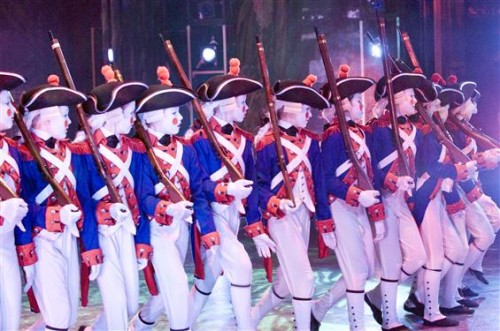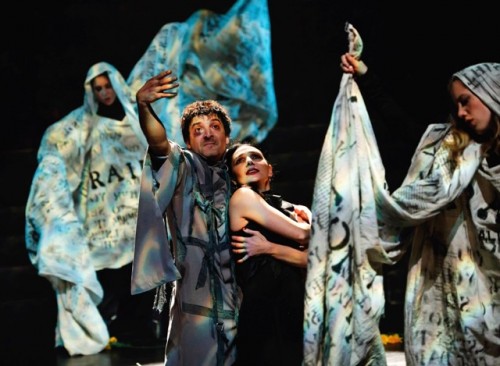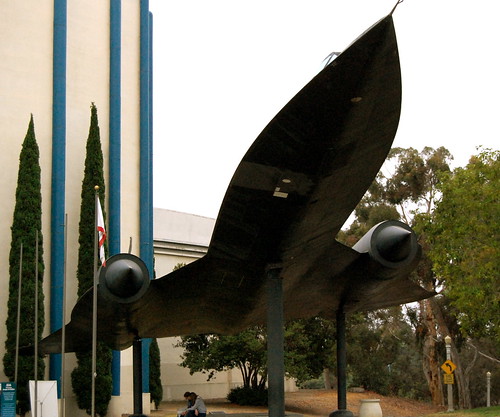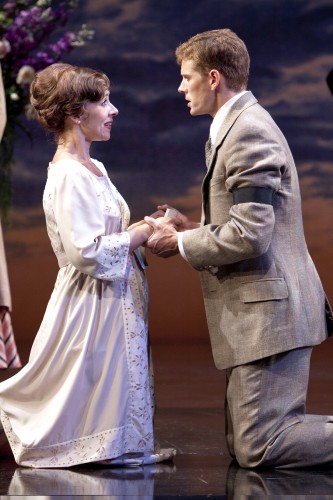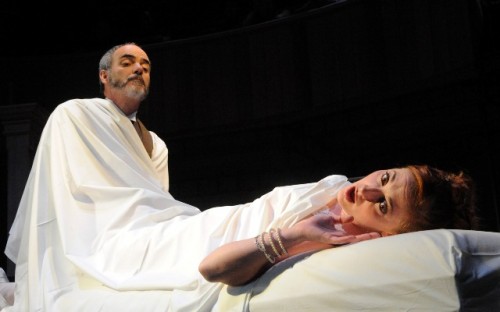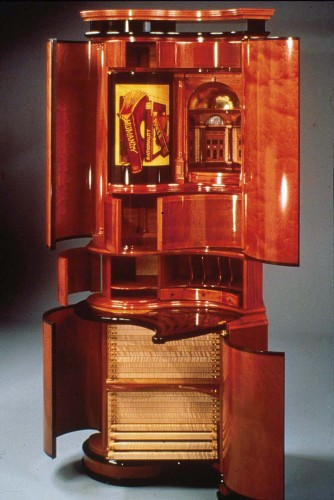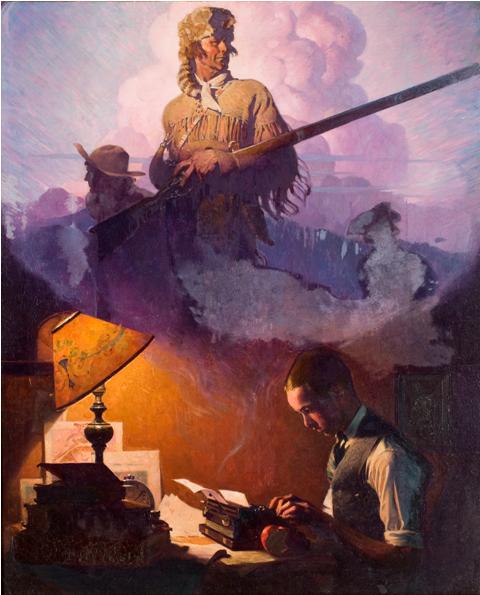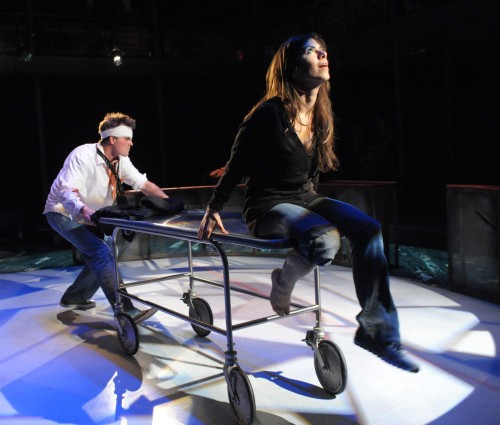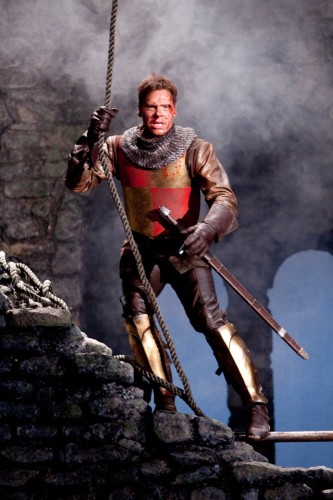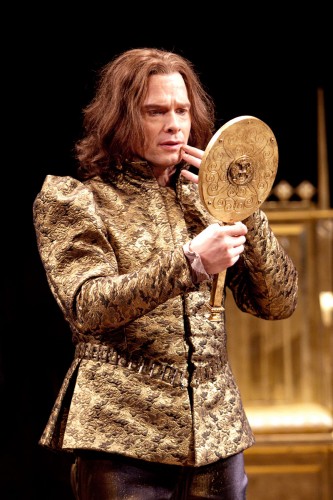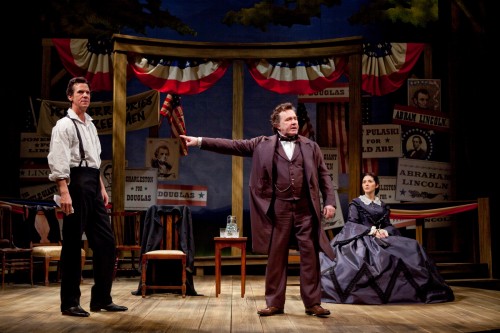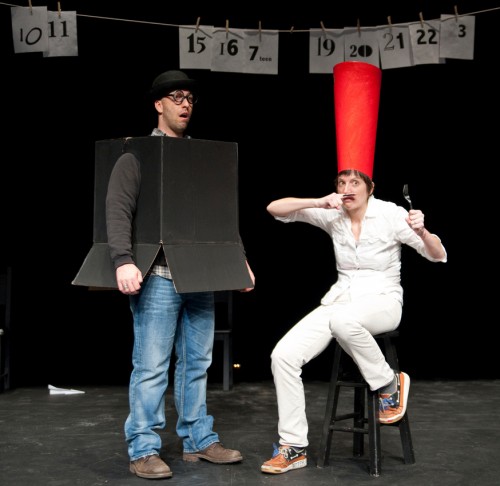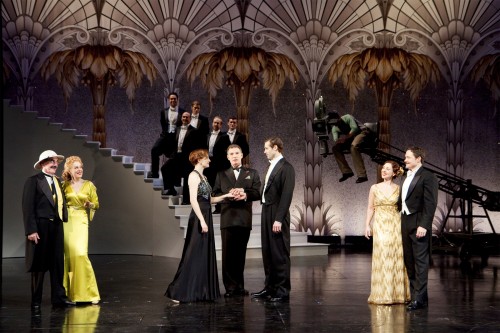It’s hard to imagine but it’s been eight years since Zola first opened back in the former culinary wasteland then being redeveloped around the Verizon Center. I remember being so excited about the wittily gorgeous space and enjoying a few cocktails and dinner before it fell off my radar. Last night I was invited to attend a press dinner to sample the new chef’s tasting table and beverage programs. With the other foodies at WLDC being laid low by colds, and intrigued by the release of the cocktail menu from Wilder Bros Craft, I headed over to see what has changed. I’m happy to report that the revamp is very tasty and I’ll definitely return on my own dime.
The interior space is still the same spy motif as before, a bit refreshed but left mostly untouched – and funnily enough that look seems modern again, probably because of the Mad Men influenced retro revival. Food-wise, chef Bryan Moscatello’s offerings are now split between a modern American bistro menu for the bar and front seating area, and a chef’s tasting room menu for the back. The latter features a choice between either three courses ($55) or five courses ($69), and it was this menu that I sampled last night, paired with wines chosen by the delightful wine and spirits director Malia Milstead. There’s even a new dessert menu created by pastry chef Reggie Abalos.
But of course, since it’s me, we’ll start off with drinks. Ari and Micah Wilder of Wilder Bros Craft have designed a very lovely craft cocktail menu featuring historical flair by using old fashioned techniques such as gomme syrup. You’ll often see gomme syrup mentioned in old cocktail books – Micah kindly explained the process.
It starts with sap. Continue reading

